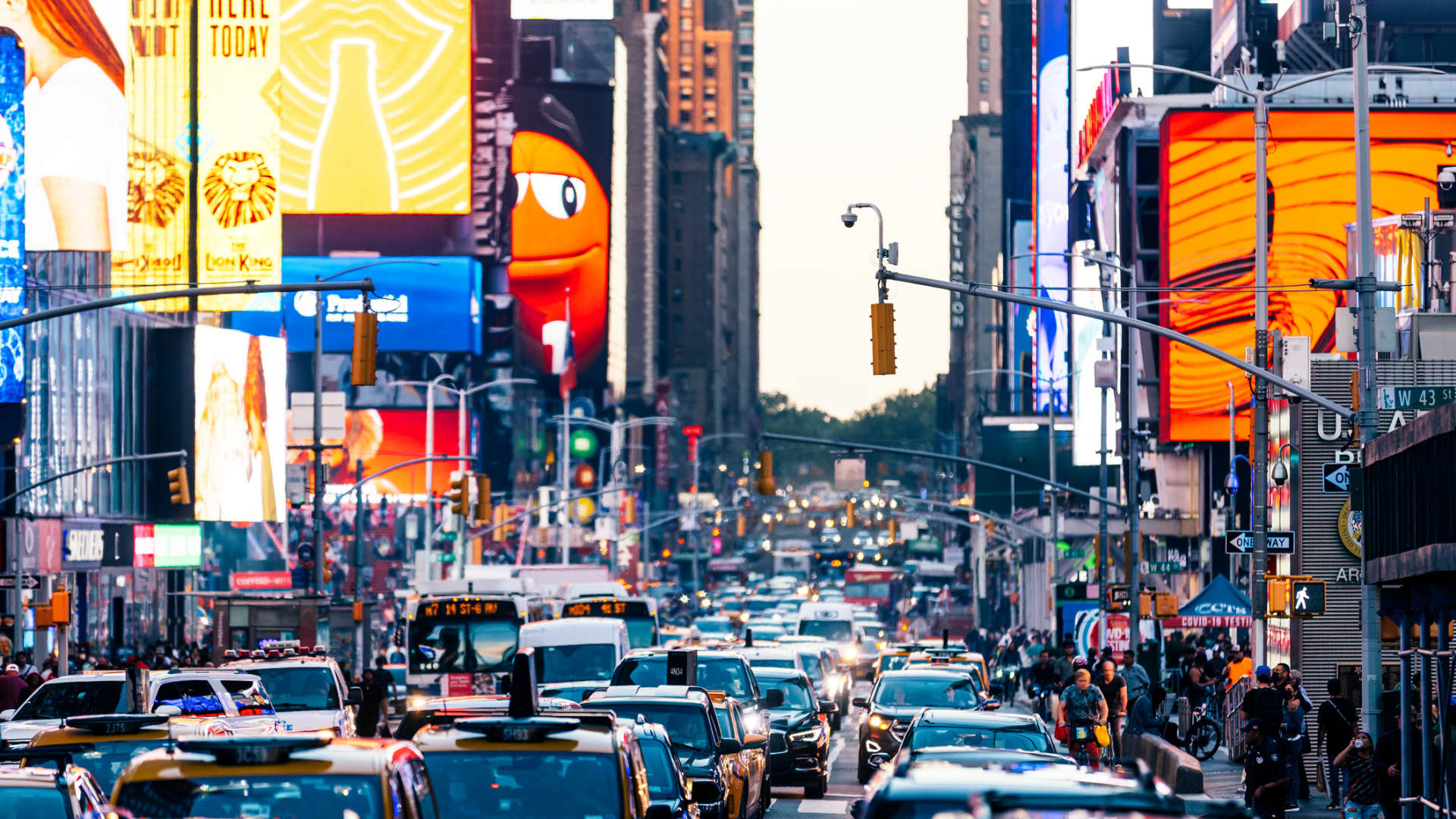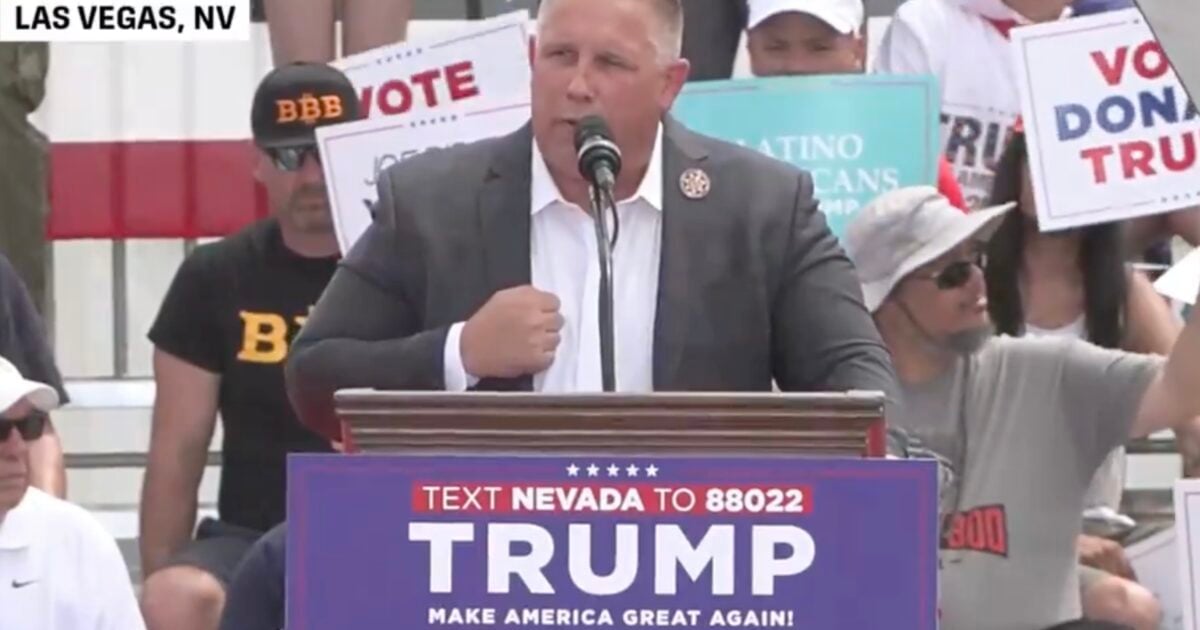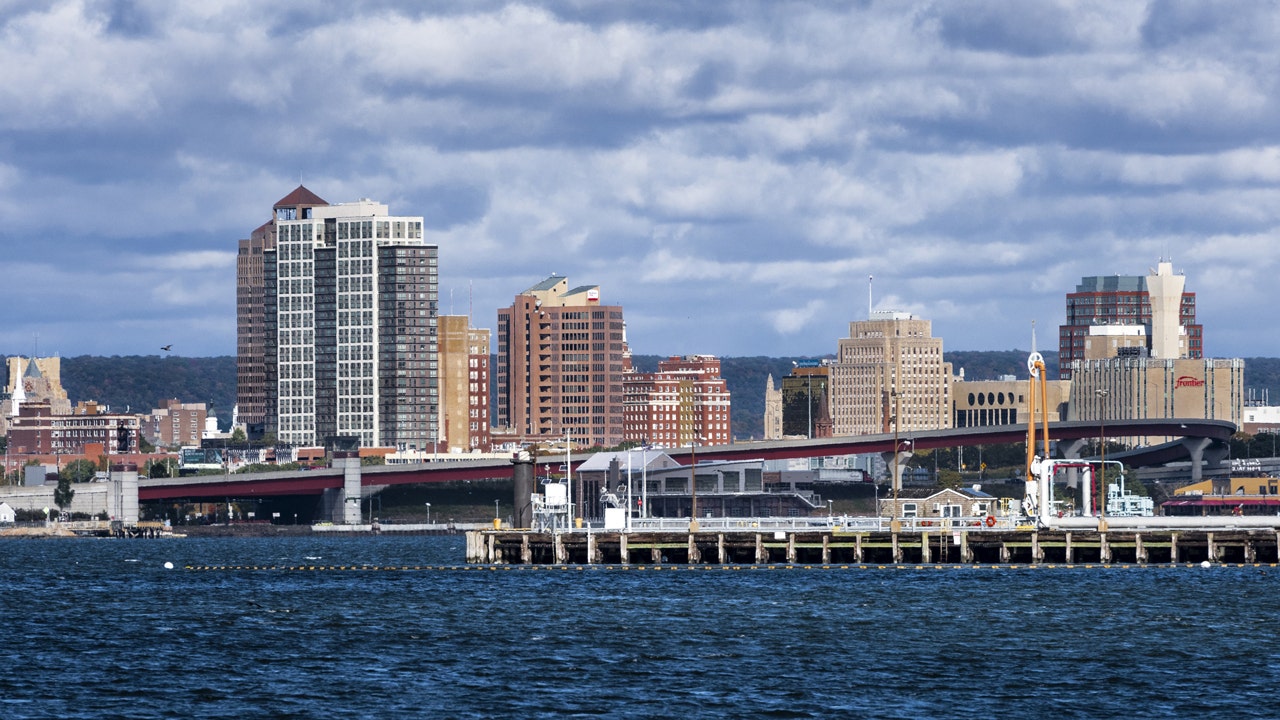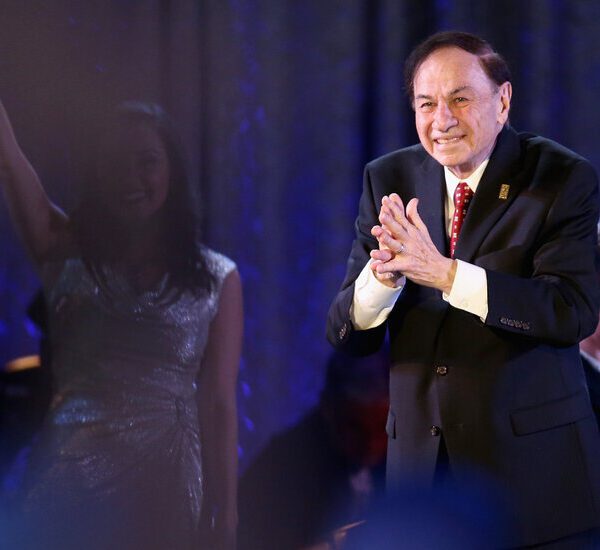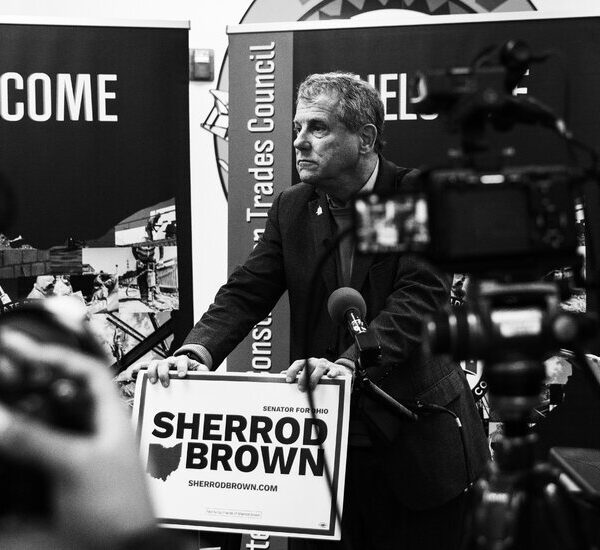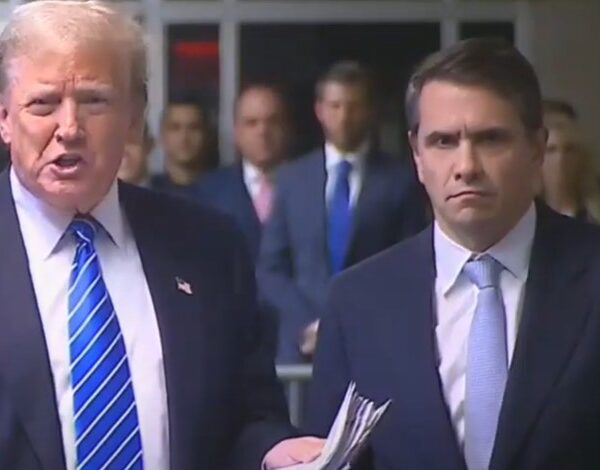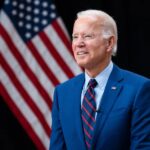Alexander Spatari | Moment | Getty Images
As U.S. cities continue their recovery from the pandemic and inflation, New York City was expected to provide a key national test for the economic value of congestion pricing. A cost of living crisis, preparing for climate challenges, and aging infrastructure, including public transportation, all made the congestion pricing plan make sense to many.
The basics of the Metropolitan Transportation Authority plan were easy to understand: a $15 fee for daytime automobile commuters entering New York City at or below Manhattan’s 60th Street — which would have been the first of its kind in the United States — designed to fund transit system improvements with an estimated $1 billion in annual funding. The MTA estimated the toll would cut car traffic in the country’s most automobile-congested area by about 100,000 cars per day, or 17%.
In killing the latest version of that plan on Wednesday, which was set to go into effect in just weeks, current New York Governor Kathy Hochul spurned an idea she had supported as a model for cities in improving mass transit, quality of life, and environmental sustainability.
Hochul cited the citywide post-pandemic economic recovery as a key driver for the decision, and concerns about deterring commuters from working in or visiting the area, called the “Central Business District.” At the time of the pre-Covid state legislature approval in 2019, workers were in the office five days a week and tourism was at a record high. Still, the plan was federally approved in June 2023, and slated to go into effect on June 30, even with office vacancy rates in Manhattan as high as 15%.
Did remote work kill congestion pricing?
Hochul cited the three-day in-person workweek of many office workers as a symptom of the pandemic, and expressed concerns that people would return to fully remote work with this toll. A 2024 Gallup poll found that 54% of remote capable jobs, like those in finance and technology, operate on a hybrid model, and 27% are exclusively remote.
It’s true that the bosses of some of the city’s biggest businesses want workers back more often. JPMorgan Chase CEO Jamie Dimon has been among the most vocal about the importance of in-office work. The plan, Hochul said, would cause commuters to tell “employers they need to work fully remote again.”
But that may have been unlikely. Fully remote job listings are in decline, and executives are setting stricter mandates for office attendance in 2024. The return of five-day-a-week, in-person work may not be coming — with or without congestion pricing.
Even before congestion pricing, a bridge crossing into New York City and parking could run as high as $75 a day, a price that many white-collar workers were already willing to pay, or have paid by their employers. It’s hard to say whether a $10-$15 fee, including breaks for commuters who pay other tolls — especially in cases subsidized by employers — would be a breaking point, or rather, nowhere near the level of a deal breaker.
Hochul endorsed delaying the plan to avoid hurting lower-income households, which she said “can break the budget of a hard-working middle-class,” and “put a squeeze on the very people who make our city go,” referencing small business owners, nurses and other working and middle-class New Yorkers.
Yet New York’s Department of Transportation found that the congestion toll would primarily affect commuters with an income 31% higher than the median Manhattan worker. In 2023, the subway had a daily ridership of 3.2 million people and MTA buses had a ridership of 1.4 million. Many New York City residents, especially lower-income residents, use MTA services as their primary method of transportation.
Kathryn S. Wylde, president and CEO of the Partnership for New York City, a nonprofit organization representing city business leaders, noted on CNBC’s Squawk Box after the decision that about 3% of commuters into the city drive cars, and they tend to be “higher paid people or government employees.” In effect, she said, the congestion toll would reduce “discretionary” driving.
A study by the Community Service Society found that a similar 4% of outer-borough workers drove vehicles to Manhattan for work, while 56% of outer-borough residents use mass transit to commute to work in Manhattan. Among workers who do drive to Manhattan, 55% were high income.
“Most people ride public transit,” Wylde said, whether that is rail, subway, or express bus into the city.


Wylde said many of her members from the business leader community did express concerns about the policy, but she staunchly advocated for it as an MTA Traffic Mobility Board member. Her group also has supported a congestion pricing plan for two decades. The result of its loss will be what she estimates at a $20 billion-plus cost in lost productivity, overtime and fuel expenses, as well as the environmental and health toll.
There’s another reason business leaders may have supported the plan. Governor Hochul has suggested a tax on the biggest business in the city to make up for the $1 billion per year in lost revenue, an increase in the payroll mobility tax that would target employers in New York City’s five boroughs with payrolls of $1.75 million or more. The initial response from state legislators was not positive. Wylde noted that a tax can help solve the issue of raising new revenue, but it does nothing about traffic.
A big win for the burbs
The biggest winner was the suburbs. “A huge win for New Jersey and New York families,” said Rep. Josh Gottheimer (D-NJ) on CNBC’s “Squawk Box.”
Gottheimer referenced the increased financial pressure on New Jersey’s Sussex County commuters, who have little access to mass transit and must take cars to essential jobs. New Jersey commuters make up 9.6% of the New York City workforce, according to the Regional Plan Association. The MTA does not fund Jersey Transit, but oversees mass transit in Connecticut, Long Island, Southeastern New York and New York City.


Every driver to New York City loses though, in the actual experience on the road. The MTA has found that since 2010, average car travel speeds have decreased by 23%, to 7.1 miles per hour. Smaller streets — a function of growing bike lanes, bus lanes and increased space for outdoor dining post-pandemic — are a factor in workers spending more time in traffic.
The long, and often losing, history of congestion pricing
The battle over congestion pricing in New York City has a much longer history than you may think. For over 70 years, a local population that loves to complain about traffic and argue over the best ways to avoid it has been discussing ideas to make life in the city a little less crowded. Nobel Prize-winning economist William Vickrey first proposed the concept of congestion pricing in 1952 — at that time, ironically, for subway riders, though he later proposed a similar idea for roads. Among elected officials, the past week’s surprise turn is in keeping with the recent history of losing battles.
In 2007, then-New York City Mayor Michael Bloomberg made the case for congestion pricing, but couldn’t get enough support in the state’s capital. Former Governor Andrew Cuomo first proposed the latest plan in 2017, but political tensions and pandemic financial challenges delayed its adoption. And while expressing support right up to the start date, Hochul was never transparent with the public about her concerns, according to a New York Times report on Sunday.
Cuomo came out against his own congestion pricing plan in recent months, citing a kitchen sink of reasons to at least pause implementation of what he said remains “the right policy”, from the migrant crisis to crime, homelessness, quality of life and taxes — but primarily, he wrote in a New York Post op-ed, because of a recent crime wave on the public transit system and need to restore passenger confidence in using mass transit.
Cuomo also cited fare evasion on the public transit system, which has spiked since the law was passed in 2019. “A top priority,” Wylde said on “Squawk Box,” noting her group has helped to staff an MTA task force to figure out a solution to fare evasion. “We have to stop the hemorrhaging of funds from fare evasion, but that’s not going to pay for the [MTA] capital program,” she said, which is $50 billion over five years, $15 billion of which was to come from congestion pricing based on the passage of the law over four years ago. Fare and toll evasion has been estimated as high as $700 million in 2023.
The ideas for where that money may come from in the future range far across the state, including to the governor’s hometown of Buffalo. Rep. Gottheimer said in a “Squawk Box” interview, “There’s $600 million that the Buffalo Bills are going to get for a new stadium, the owners there … Don’t give it to them to build a new stadium.”


Many opponents view Hochul’s sudden announcement delaying the policy months before the elections as a political move to ensure reelection and favor from local politicians in swing districts. That’s nothing new, Wylde noted, referencing a commuter tax that was eliminated decades ago at a time when Democratic seats were “up for grabs” in the state legislature. “This is the same kind of situation,” she said. “It is a suburban backlash and concerns about candidates, and in particular, Democratic candidates. The politics of it are chronic and there is not a lot we can do about it from the business side.”
Wylde hopes the delay is temporary, and the MTA can move ahead with their plans for leveraging the increased funding. Everywhere that congestion pricing has been introduced globally, she said, it has worked, from London to Stockholm to Singapore. “There’s an opposition going in, and then when people see the results they’re thrilled. Because your cost of doing business goes down substantially. … The quality of life is much better after congestion pricing.”
A former colleague of congestion pricing pioneer Vickrey at Columbia University, Dr. Steven Cohen, Senior Vice Dean at Columbia, wrote in a recent post that unintended consequences and need for policy revision are implicit in any new undertaking, but the city and its commuters could look to big business for the proof that the concept is effective.
“There [undoubtedly] will be unanticipated negative impacts of the new policy. Every new policy and product have downsides you can’t predict without experience. … The point is we can adjust policies and products to address negative impacts. But congestion pricing’s underlying policy design is sound. A congestion fee will generate revenue for mass transit and reduce traffic jams. Surge pricing works. It works for Uber and it works for JetBlue.”
Rep. Gottheimer hopes this is the end of the road for congestion pricing, and as far as it coming back after the upcoming elections are decided, “I don’t think so,” he said. “We got it done. … indefinite pause, the word indefinite is key here,” he said. “I’m not saying any of this is easy. Things need to be fixed, but today we should focus on the fact that the answer is not just taxing people more.” He views the issue as more fundamentally about the management of the MTA.
In the meantime, congestion isn’t getting any better. “We are in gridlock in the city,” Wylde said. “The governor has said her concern is to make sure we are getting it right and not doing anything to damage the Manhattan economy. … We would be in a lot better shape if we reduced gridlock.”
—By Kaya Ginsky, CNBC News Intern

